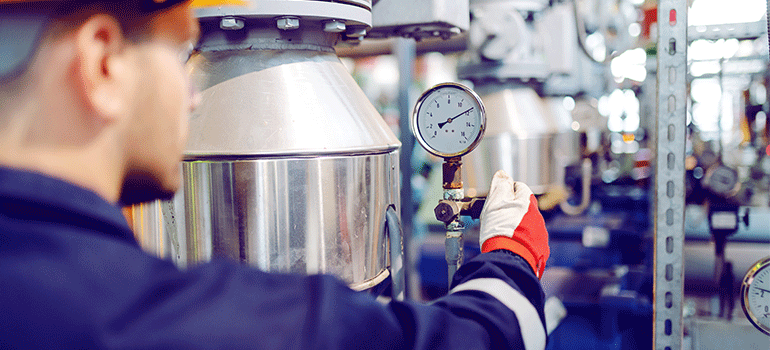
Many plants in various industries include processes where the product stream must be heated, cooled – or both – to facilitate production. These plants often use heat exchangers or sample coolers with recirculating cooling water systems.
Maintaining the purity of recirculating water systems is necessary to control mineral and bacterial content and avoid fouling or corrosion, which causes equipment damage, increased maintenance costs, inefficient production, and personnel or public health concerns.
By monitoring your plant’s water purity in a cooling system, you can minimize corrosion and biofouling while maximizing your plant’s output.
Cooling Water systems
Cooling water touches critical components across a plant, including your steam and water sampling system (SWAS). Proper temperature control in your SWAS sample coolers is essential to maintaining safe and representative sampling. Also, most plants cool liquid streams by feeding them through the tubes of shell-and-tube or similar design heat exchangers while cooling water pumps through the exchanger.
Cooling water becomes hotter as samples or products’ heat transfers through the tube walls. In turn, the cooling water/recirculating water needs to be cooled by transferring heat to the atmosphere via a cooling tower or sometimes through a direct feed of source water from a river or lake through a large heat exchanger or condenser.
Monitoring Cooling WATER systems
In a recirculating cooling water system cooled by a tower, contaminants cycle up as water volume is lost to evaporation further concentrating dissolved solids over time. To control this, cooling towers must be blown down periodically to remove minerals from the system. That is where proper monitoring comes into play.
In addition, cooling water requires chemical treatment to prevent corrosion, biofouling, or other adverse conditions because a pH excursion or biofouling event can shut down production. The resulting chemistry must be monitored continuously to ensure adequate chemical feeds and proper cooling water conditions.
Benefits of Continuous Cooling Water Analysis
Cooling water analysis panels allow representative samples to be obtained from your cooling water or recirculating water systems and sent to analyzers. These analyzers can send alarms when certain conditions are met, such as a change in conductivity or pH crossing a threshold where scaling and fouling could become an issue. With this information, plant operators can make intelligent operational and business decisions.
Typical analyses include:
- Chlorine
- pH
- Conductivity
- Oxidation-Reduction Potential (ORP)
- Turbidity
- Total Organic Compounds (TOC) (if organic contamination is a concern)
Maintain water purity. Monitoring water cooling can help maintain proper water chemistry, including:
- Keeping minerals in solution to avoid scaling
- Controlling pH to prevent unwanted reactions and corrosion
- Eliminating biological hazards for operators and public health safety
Avoid unplanned shutdowns. An inefficient cooling tower can lead to a costly unexpected shutdown. Cooling water panels give you timely information on cooling water purity that can help you avoid delays and failure.
Improve equipment performance. Reduced cooling capacity due to water purity issues can limit production. Water conditions can alert maintenance personnel before problems with pH imbalance or scaling impair performance occur, helping avoid shutdowns for cleaning and maintenance.
Reduce safety and environmental risks. Water quality monitoring can include hydrocarbon detection, which warns of malfunctions in production unit heat exchangers and allows maintenance to remove hydrocarbons safely and initiate repairs.
Partner with an expert. Sentry Equipment has deep experience and technical expertise in utility sampling throughout North America, which has made us the go-to partner for complete SWAS health. We can provide panels customized to your requirements to facilitate monitoring and maximize plant performance.
Explore Sentry’s sample cooling solutions. Learn more by downloading our Heat Exchangers 101 eBook.




